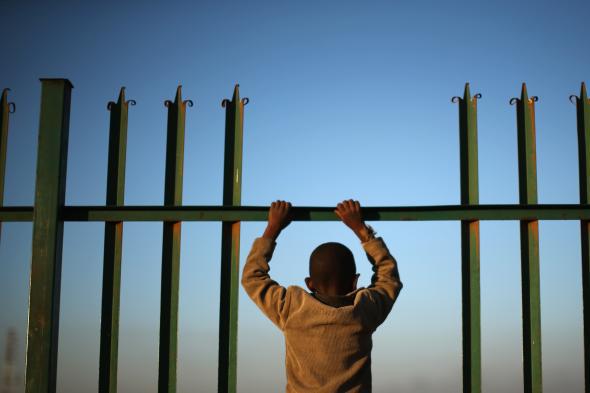Looking at the highlights from the World Economic Forum’s Survey on the Global Agenda, I was interested to see that sub-Saharan Africa was identified as the region most optimistic about the ability of government, business, and media institutions to tackle global challenges. On the international level, these institutions haven’t exactly served Africans’ interests all that well in the past. This fits in with some other recent survey data showing that African countries are in a particularly optimistic mood at the moment.
A recent Gallup survey found that when asked to rate their future lives vs. their current lives, 14 of the 15 most optimistic countries were in Africa, despite—or perhaps because of—the fact that these same countries have some of the lowest rankings for current life satisfaction. (Seven of the 15 most pessimistic were in Europe.) Africans were also far more optimistic than Europeans or North Americans that their children would be better off than themselves in a recent Pew poll. (Pew put Northern and Sub-Saharan Africa together in one, so the region’s average numbers were brought down by bleakly pessimistic Egypt.)
The optimism makes sense, and not just because, as Gallup puts it, people in the world’s poorest countries “cannot imagine that their lives could get any worse.” Sub-Saharan African countries in particular have made some of the largest strides in living standards over the past decade. But at the same time, inequality has been growing not just within countries but between them. And it’s not just income. Global problems like climate change will likely impact poor countries much more than the downers in Europe and North America. Even if rates of hunger and child mortality are dramatically falling nearly everywhere, they’re going to continue to disproportionately impact African and South Asian countries for some time.
We’re now in an interesting period in which the people in the countries with the world’s best quality of life—who despite current difficulties are likely to remain in that position for some time—are the least optimistic about future prospects for themselves and their children. Meanwhile, people in the world’s poorest countries are feeling the best about the future.
